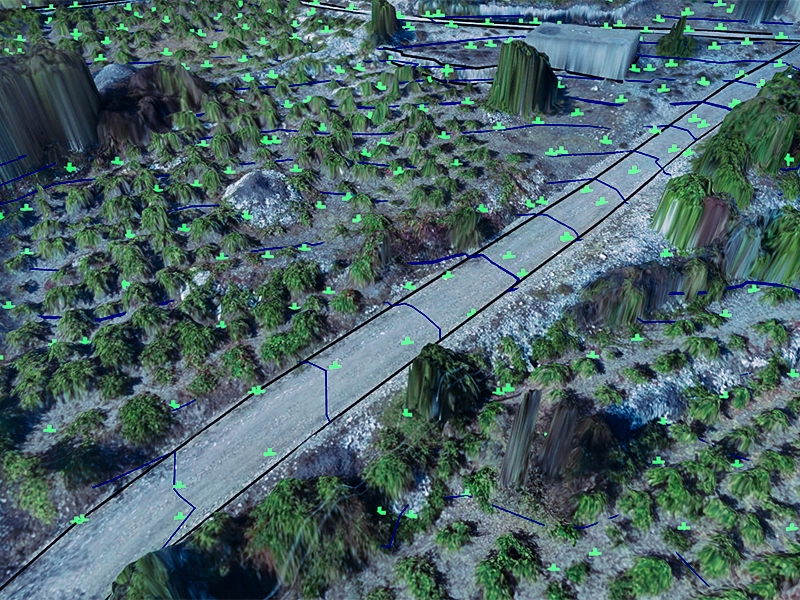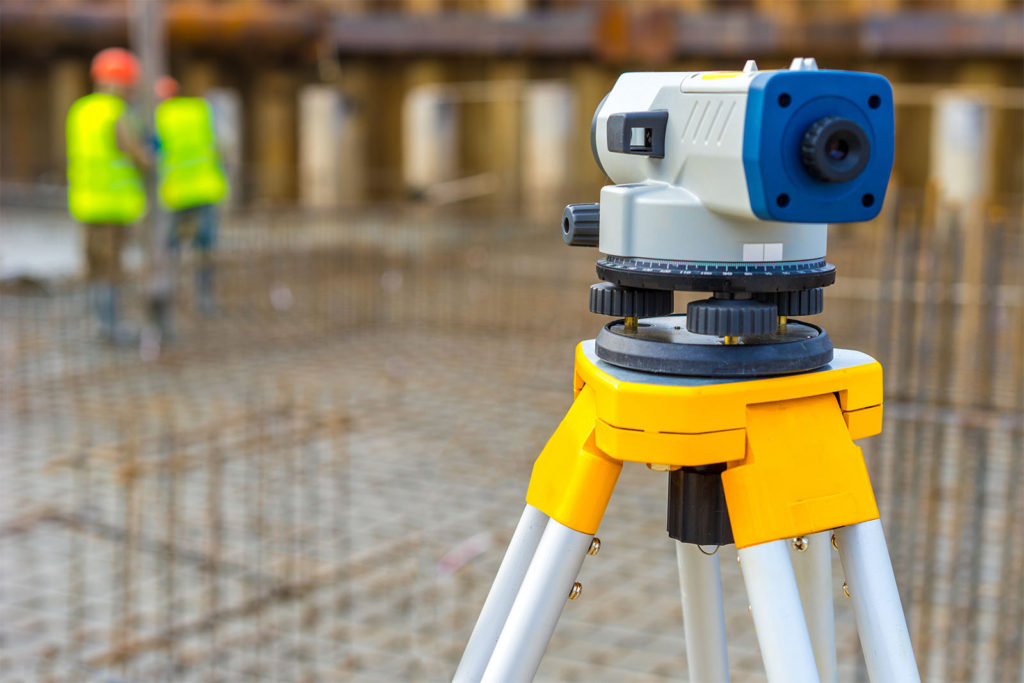Topographical Surveying: A Complete Guide for Land and Site Development
Essential Devices and Techniques in Setting Out Design
The self-control of establishing out design counts heavily on a suite of important devices and methods that underpin the accuracy and efficiency of job execution. Instruments such as property surveyor's levels, overall stations, and advanced GPS innovation are crucial for developing precise referral points. The integration of traditional techniques with contemporary techniques, including geospatial evaluation and 3D modeling, offers substantial benefits in picturing site problems. Understanding how these aspects communicate is essential for minimizing errors and improving job end results, yet the subtleties of their application commonly remain overlooked. What implications does this hold for future engineering methods?
The Relevance of Accurate Measurements

The significance of accurate dimensions extends past plain conformity; they are important to the overall effectiveness of engineering procedures. Errors can result in material waste, project hold-ups, and boosted labor expenses, ultimately impacting the job's bottom line. Moreover, exact dimensions boost the top quality of the last item, ensuring that it carries out as meant and satisfies the assumptions of stakeholders - setting out engineering.
Additionally, the importance of accurate measurements appears in various engineering self-controls, including civil, mechanical, and electrical design. Each field requires a special strategy to dimension, yet the underlying requirement for precision stays consistent. As projects end up being significantly intricate, the dependence on exact dimensions will only heighten, underscoring the requirement for consistent improvements in dimension strategies and innovations. Therefore, cultivating a culture that prioritizes accuracy is vital for the future of design.
Important Devices for Laying Out
Setting out, a crucial stage in the engineering and building and construction process, counts greatly on specific devices that guarantee accurate place and alignment of frameworks. Among these tools, the land surveyor's degree stands apart, giving accurate straight dimensions essential for developing referral points. This instrument enables designers to establish altitude changes and maintain uniformity throughout the project site.
The overall terminal is an additional essential tool, incorporating electronic range dimension with angular measurement abilities. This modern technology enhances efficiency and accuracy in catching spatial information, enabling reliable site design and planning.
Additionally, making use of measuring tapes and marking tools, such as chalk lines or stakes, is basic for momentarily marking boundaries and essential factors on the website. These basic tools, though simple, are vital for making sure clear interaction amongst the building group pertaining to task requirements.
Finally, GPS technology has gained grip in laying out procedures, giving real-time positioning information and significantly boosting accuracy over typical techniques. Jointly, these essential devices form the foundation of reliable establishing out techniques, eventually adding to the effective implementation of design and building jobs.
Advanced Surveying Strategies
Advanced checking methods play a critical duty in boosting the accuracy and efficiency of design tasks. These strategies incorporate a range of techniques that supply precise data for design and building. Typical techniques, such as progressing and triangulation, have advanced into extra advanced methods, including Overall Station studies and Worldwide Navigating Satellite Solution (GNSS)
Overall Terminal devices incorporate digital theodolites with distance dimension capabilities, permitting check here surveyors to accumulate accurate area data with fantastic speed. This technology significantly decreases errors connected with manual measurements and offers real-time information processing. In addition, GNSS supplies unequaled precision for large jobs by utilizing satellite signals to figure out precise positioning, which is necessary for making sure and lining up structures conformity with style specifications.
In enhancement to these devices, progressed strategies likewise integrate geospatial evaluation and 3D modeling. These techniques enable designers to envision surface and website problems a lot more successfully, promoting better decision-making during the planning stage. By using these advanced evaluating techniques, design tasks can achieve better accuracy in layout, minimize rework, and inevitably improve general job success.
Digital Modern Technology in Engineering
The integration of digital technology has transformed design practices, boosting both performance and accuracy throughout different self-controls. Tools such as Building Details Modeling (BIM) help with the visualization and management of complex tasks, permitting engineers to team up flawlessly and make educated decisions. This technology allows the production of in-depth 3D designs, which can be evaluated for structural integrity and effectiveness before construction starts.

The application of expert system and artificial intelligence in design procedures additionally improves predictive upkeep and optimization of resources. These innovations enable the analysis of huge data collections, resulting in much better projecting and enhanced job outcomes. On the whole, electronic technology is improving the engineering landscape, driving innovation, and guaranteeing that projects are completed with better performance and decreased risk. As the market remains to progress, welcoming these tools will be important for future success.
Ideal Practices for Implementation
When implementing digital modern technology in design, it is important to develop a critical technique that straightens with project goals and organizational capacities. A detailed evaluation of existing process and innovation framework is necessary to recognize spaces and possibilities for renovation. Involving stakeholders early in the process promotes cooperation and ensures that the technology meets individual needs.

Job supervisors should take on a repetitive implementation technique, enabling changes based upon real-time feedback and performance examinations. This active strategy not just minimizes risks however my site likewise promotes continuous enhancement by including lessons found out.
Verdict
Finally, the integration of important devices and progressed strategies in establishing out design is crucial for ensuring precision in see this website measurements and effective task implementation. Utilizing tools such as surveyor's degrees, complete terminals, and GPS innovation, alongside modern surveying approaches, boosts accuracy and decreases the probability of mistakes. Embracing best practices in execution better maximizes these procedures, ultimately cultivating boosted project outcomes in the design and building industries.
The discipline of establishing out design depends heavily on a collection of necessary tools and techniques that underpin the accuracy and efficiency of job execution.In addition, the value of precise measurements is evident in different design self-controls, including civil, mechanical, and electric engineering. By using these sophisticated surveying strategies, engineering tasks can accomplish better precision in layout, lower rework, and eventually boost general task success.
In general, digital modern technology is reshaping the design landscape, driving development, and making certain that tasks are completed with better efficiency and minimized threat (setting out engineering).In final thought, the integration of essential tools and progressed techniques in setting out design is important for making certain precision in measurements and effective task implementation